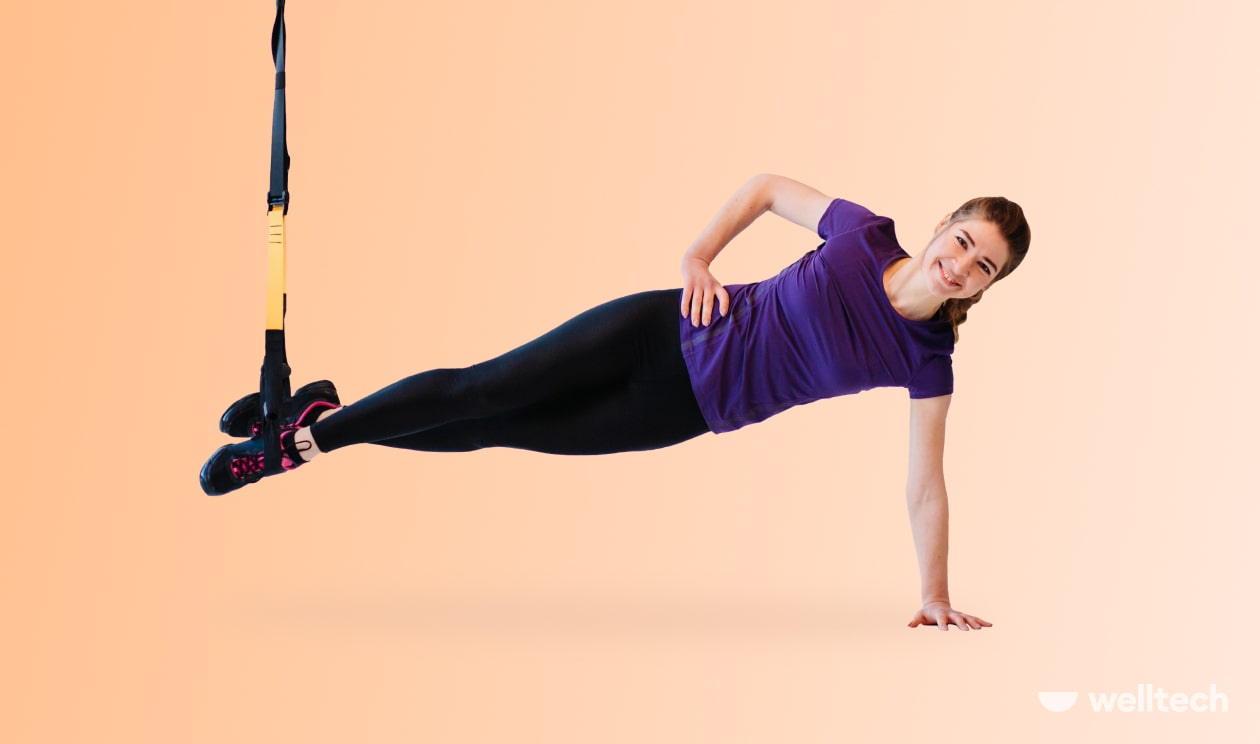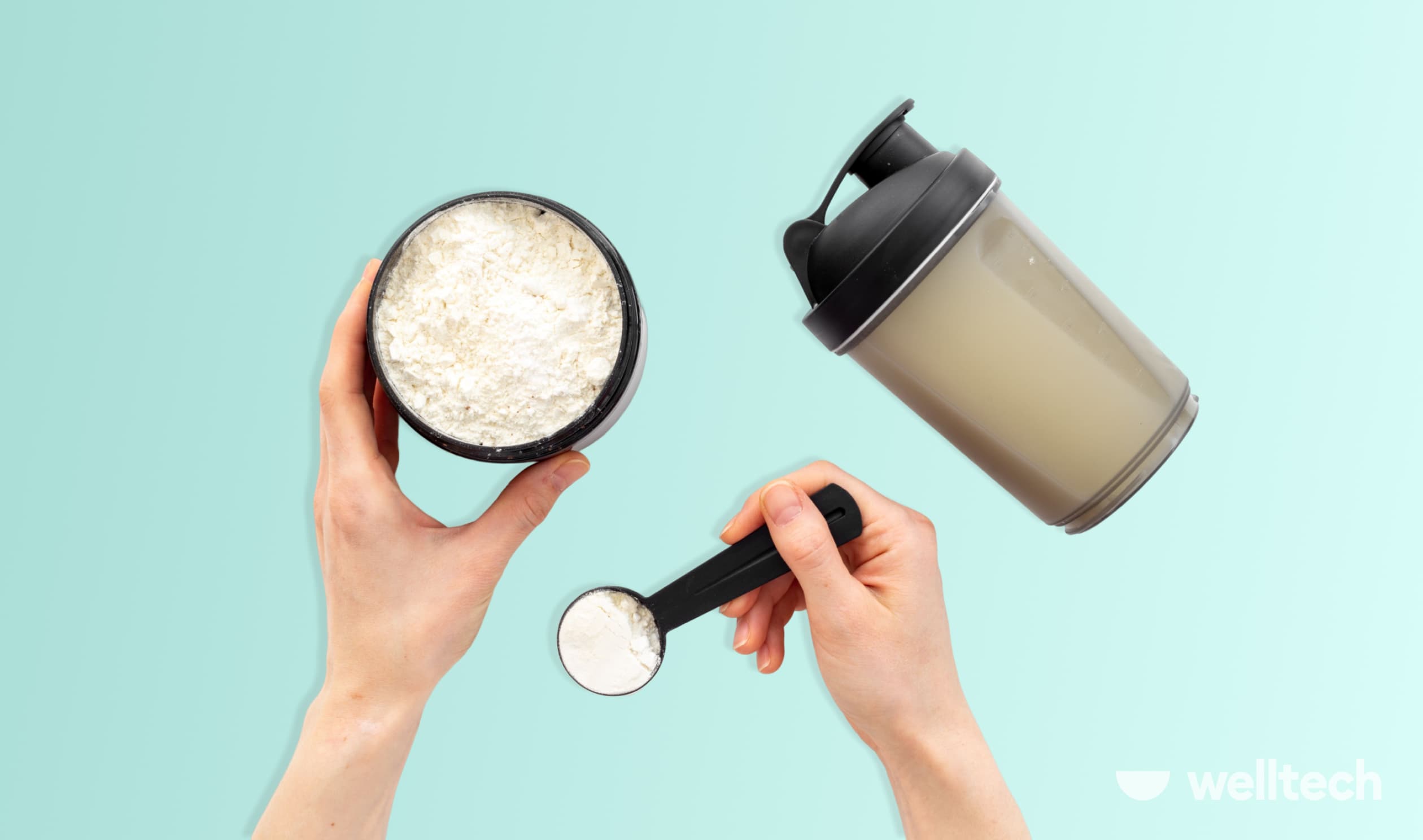10-Min Cool-Down Yoga Routine to Finish Your Workout
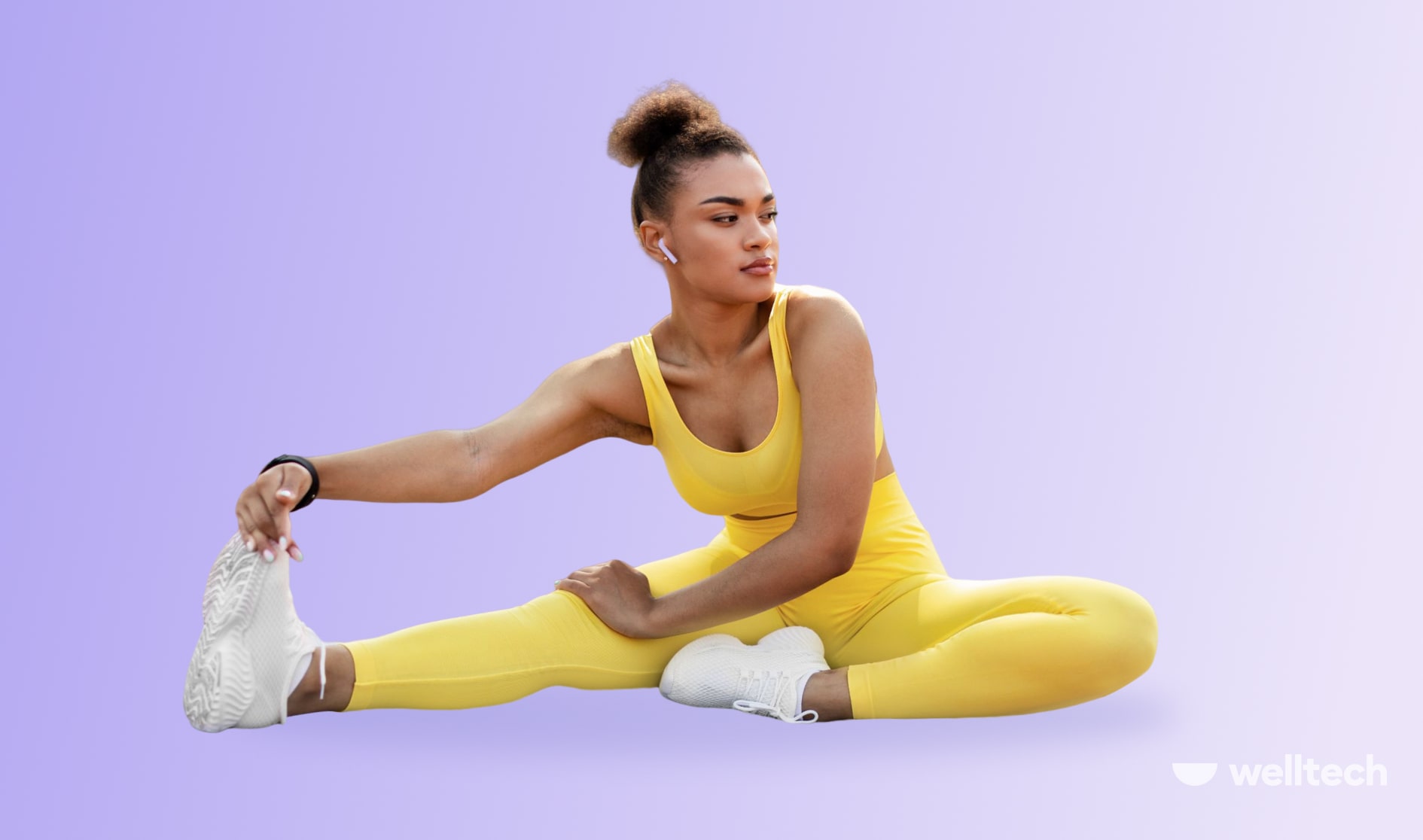
Table of Contents
- Yoga Cool-Down Sequence to Wrap Up Your Practice
- Why Finish Your Workouts With a Cool-Down Yoga Sequence
- Final Words
Finish any workout with a few cool-down yoga poses to help slow your breath, release your muscles, and ease your body into a more relaxed state.
Experience a deep release in your whole being with this 10-minute cool-down yoga sequence meant to enhance circulation, reduce stress, and bring a sense of balance to your body after all your hard work.
If you prefer practicing under guidance, try using a yoga app like Yoga-Go to track your progress and get inspired to keep practicing for 7 to 30 minutes every day.
Yoga Cool-Down Sequence to Wrap Up Your Practice
Child’s Pose (Balasana)
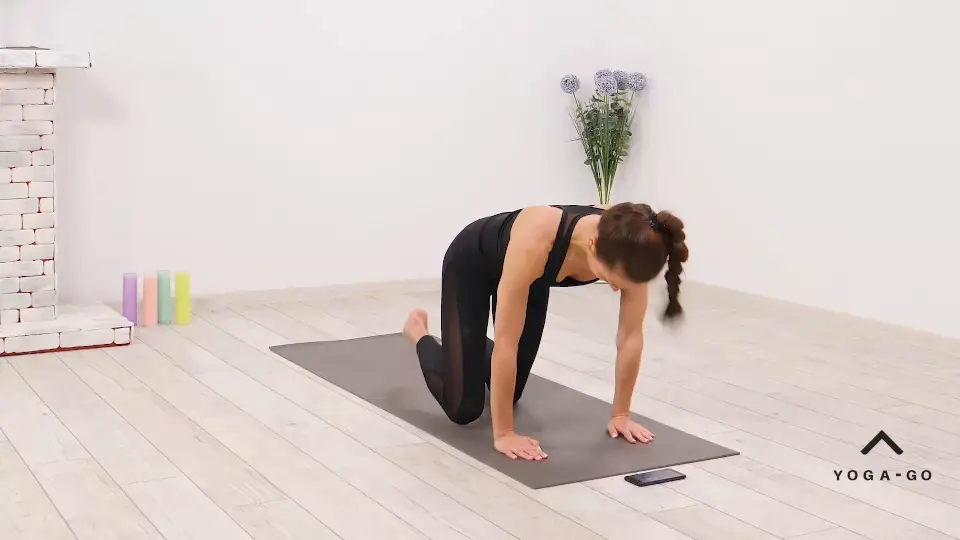
Child’s Pose is one of the best cool-down poses for yoga, no matter what style you practice, and it offers a restorative stretch and release. The pose will open your back, hips, thighs, and ankles and may help ease lower back pain.
Thunderbolt Pose With A Chest Stretch (Vajrasana)
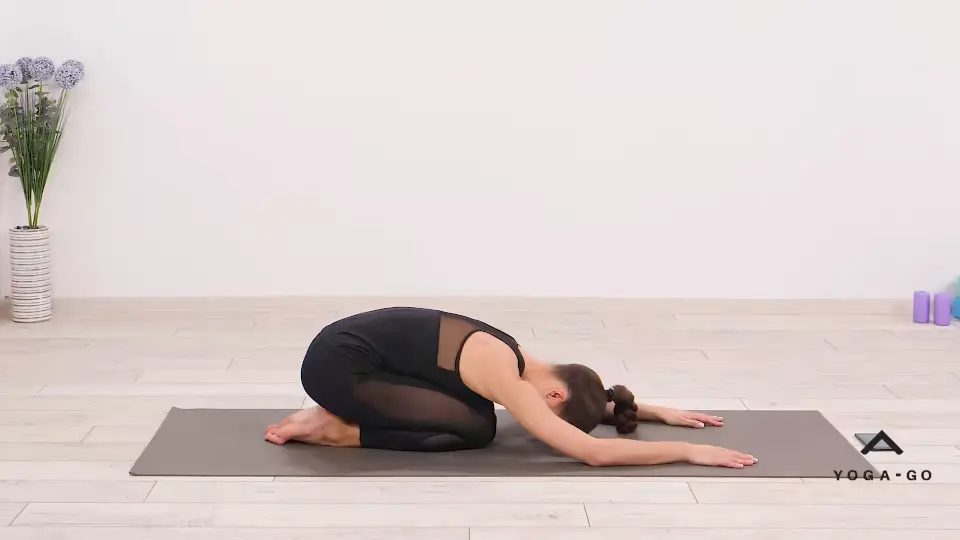
Thunderbolt Pose is a favorite meditation pose for many, and it can also be a part of your cool-down yoga sequence. In this variation, you will also open your chest and shoulders and stretch the wrists further by clasping the hands behind your back.
The main benefit of this pose is that it may improve your posture and release any upper back tension that may happen due to prolonged sitting, especially while driving or working at your computer.
Check out some other sitting yoga poses to enhance your practice.
Internally Rotated Pigeon Pose With a Side Stretch and Twist (Parivrtta Eka Pada Rajakapotasana)
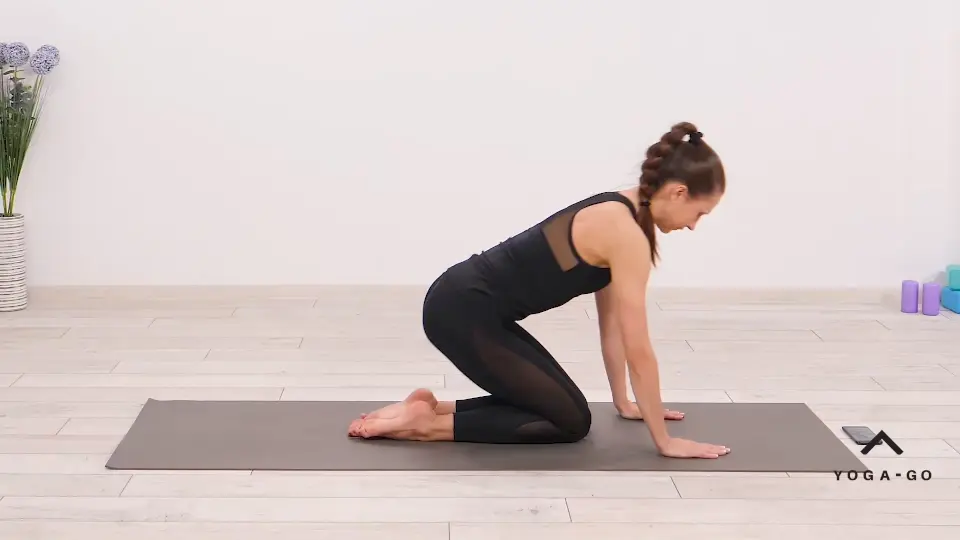
Pigeon Pose is a classic hip opener, stretching your psoas, quadriceps, and buttocks. This internally rotated variation creates deep flexion of the hip and knee, so be sure to keep the muscles around these joints engaged. Include a side stretch and twist to this after-workout yoga pose to additionally open your shoulders and upper body.
This stretch will help you release tension from your lats and traps while lengthening your entire back body.
Staff Pose with Ankle and Hip Rotations (Dandasana)
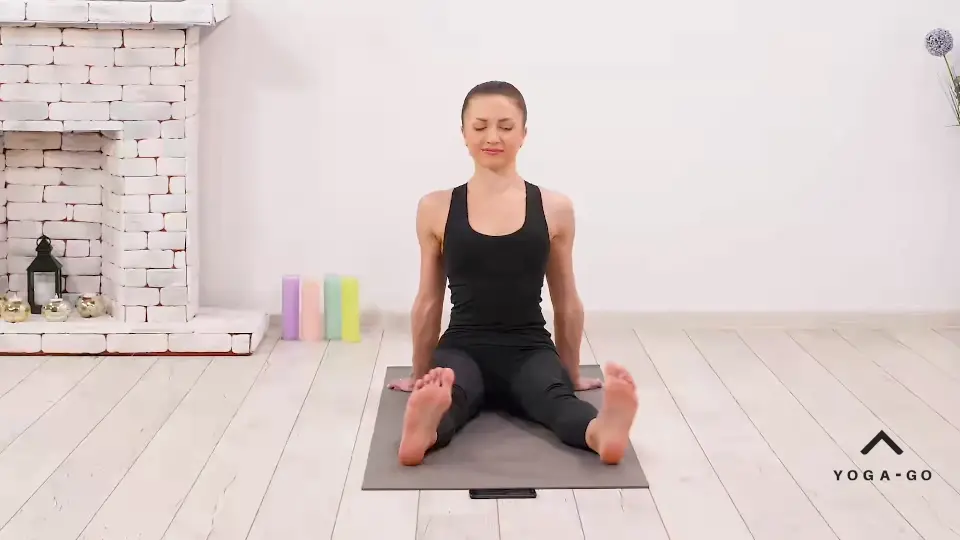
Staff Pose is a foundational grounding asana that can help improve your posture by strengthening your back muscles.
In this dynamic variation, you will release tension from your hips, as well as your ankles and feet, which are often overlooked in workouts.
If you feel like you could benefit from even more opening in this area, find inspiration in our selection of yoga feet stretches.
Boat Pose Prep (Navasana)
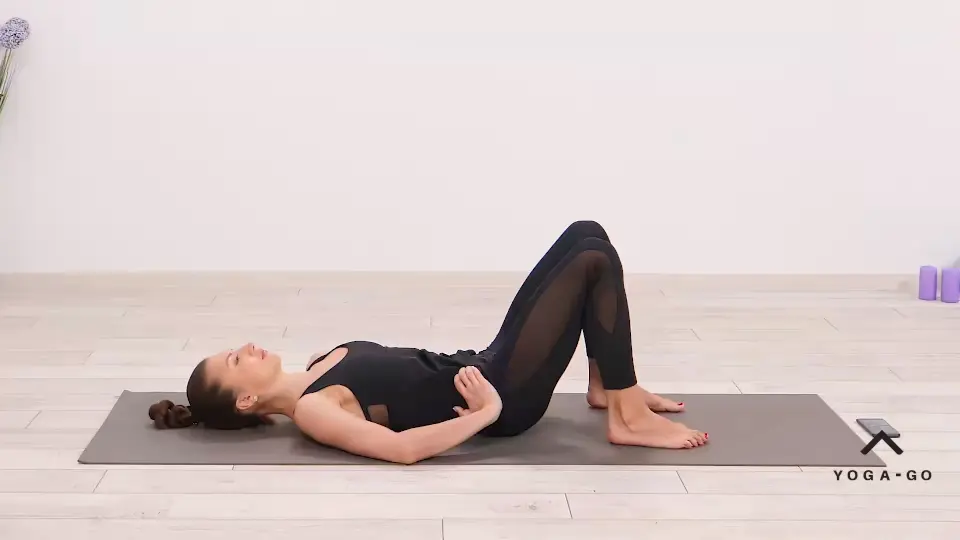
Use this grounded and modified version of Boat Pose as a yoga cool-down pose to release any tension from your upper back and shoulders.
It will slightly activate your core, bring a gentle awareness to your strength without overdoing it, and help you wind down your practice.
Bridge Pose (Setu Bandha Sarvangasana)
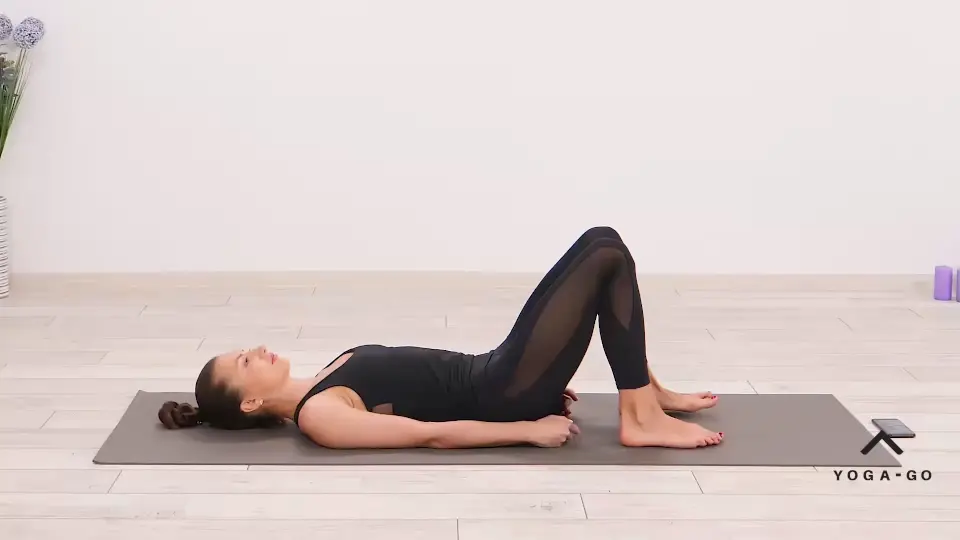
Although Bridge Pose is a heart and hip opener, it is less of an energy boost than most backbends and a great stretch for the end of your practice.
In this asana, you will release tension from your chest, neck, spine, and hips. . Clasping the arms under your back will help you increase mobility in your upper body and deepen the stretch across your chest.
If you’d like a more passive variation of the pose, you can also rest your lower back on a block or a bolster. Enjoy the way Bridge Pose effectively opens your psoas and quadriceps.
Bridge Pose With One Leg Raised (Eka Pada Setu Bandha Sarvangasana)
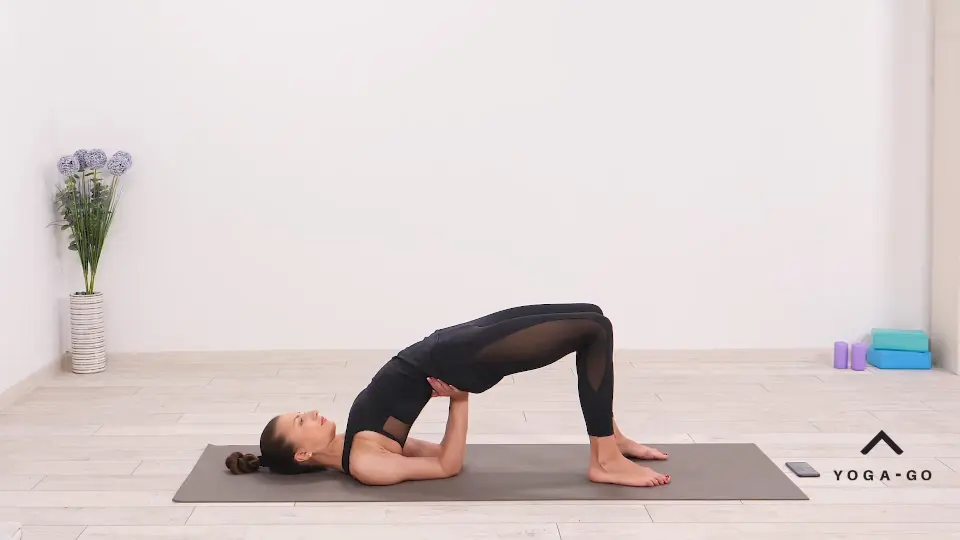
Bridge Pose is a mild inversion, and this variation with hands under the hips and one leg lifted adds a higher level of intensity while further opening your upper body. Another benefit of this strong version is enhanced circulation and increased blood flow to the head.
You can also practice this pose with a block supporting your lower back – the higher the block, the more intense the stretch.
Reclined Twist (Eka Pada Jathara Parivartanasana)
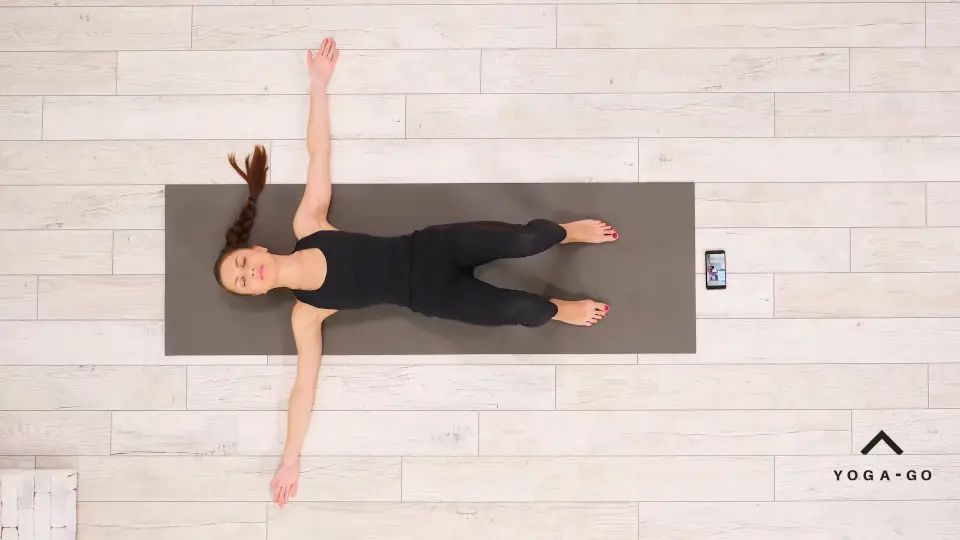
Twists are an important part of traditional Hatha yoga and aid in releasing tension in the belly while stimulating circulation. This reclined cool-down yoga stretch works with gravity to enhance the feeling of release while gently opening your spine and chest. As an added bonus, this extended leg variation stretches the outer hip and thigh.
If you want to explore the difference between active and passive yoga further, try a Yin Yang yoga sequence for your next practice.
Knees To Chest (Apanasana)
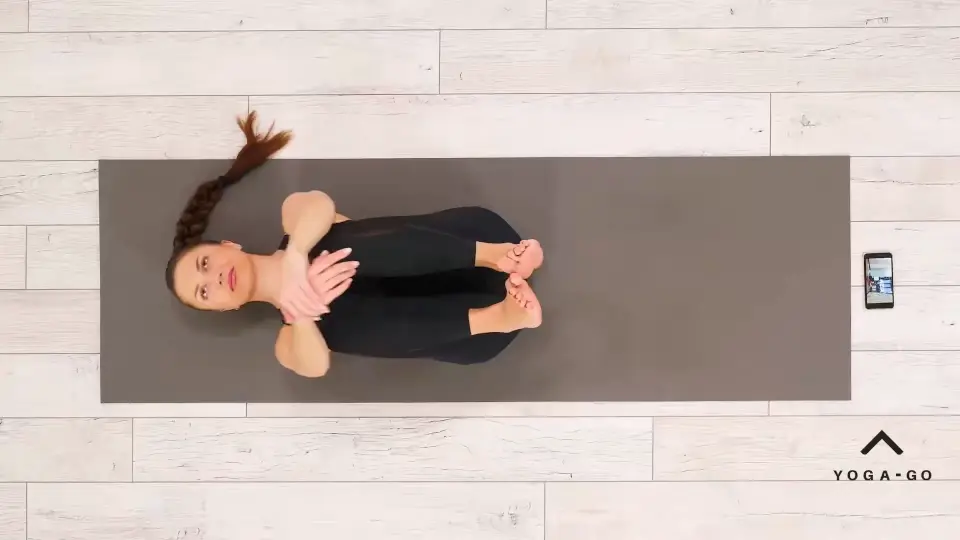
Knees To Chest is a transitional pose that brings a sense of calm and ease to the body. It will help you slow down your breathing while enhancing digestion and releasing tension.
Add a little rocking side to side and enjoy a gentle massage around your spine.
Half Plow Pose (Ardha Halasana)
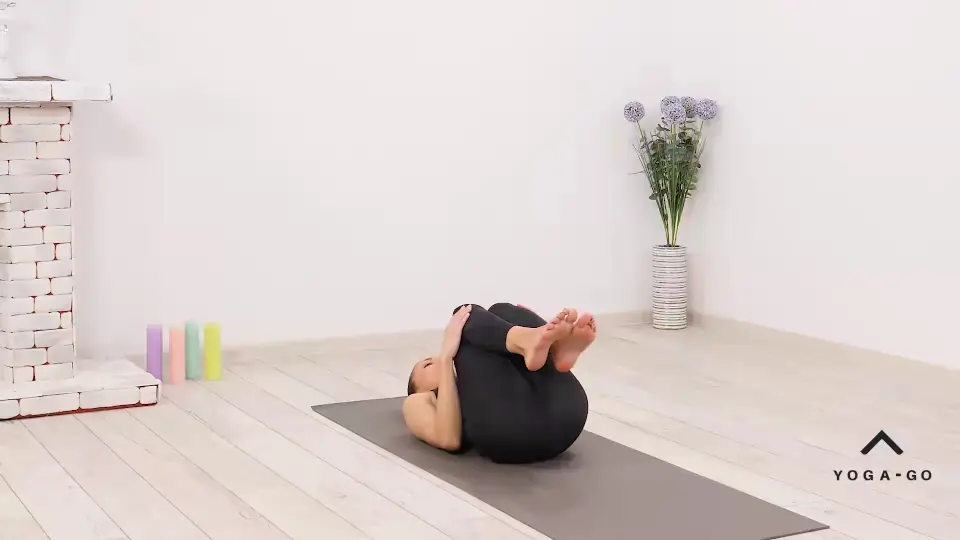
This is a gentler alternative to the full Plow Pose and is appropriate for all practitioners. But just like the more advanced inversions, it will increase blood flow to the head and bring a sense of calm to mind.
As Half Plow Pose improves spinal flexibility and reduces stiffness in the lower back and hips, it may also relieve insomnia.
Happy Baby Pose (Ananda Balasana)
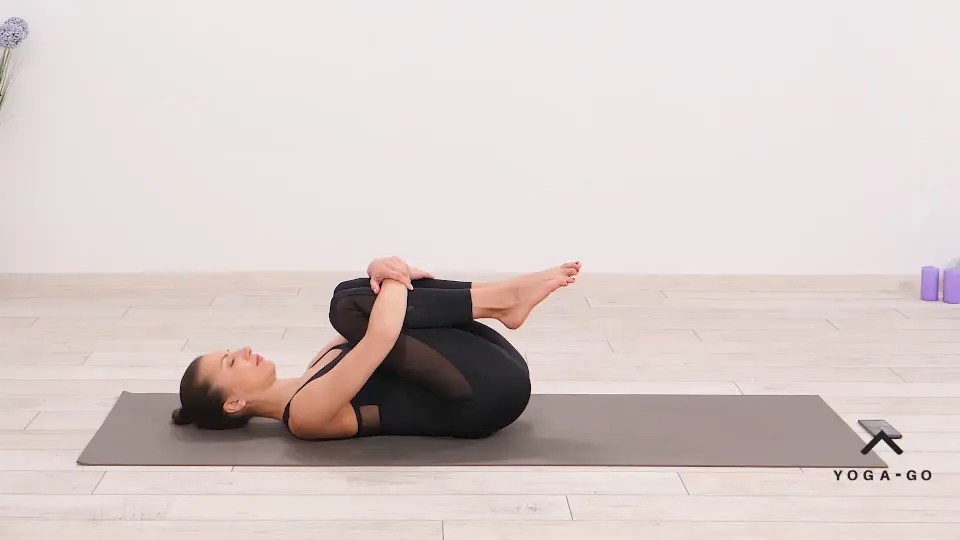
If you have time for only one cool-down yoga pose, it should be Happy Baby. This relaxing asana opens your hips, groin, and thighs and even benefits the chest and shoulders.
Add a little bit of rocking for a gentle spinal massage. It is often done just before Corpse Pose to prepare the body for deep relaxation.
Reclining Pigeon Pose (Supta Kapotasana)
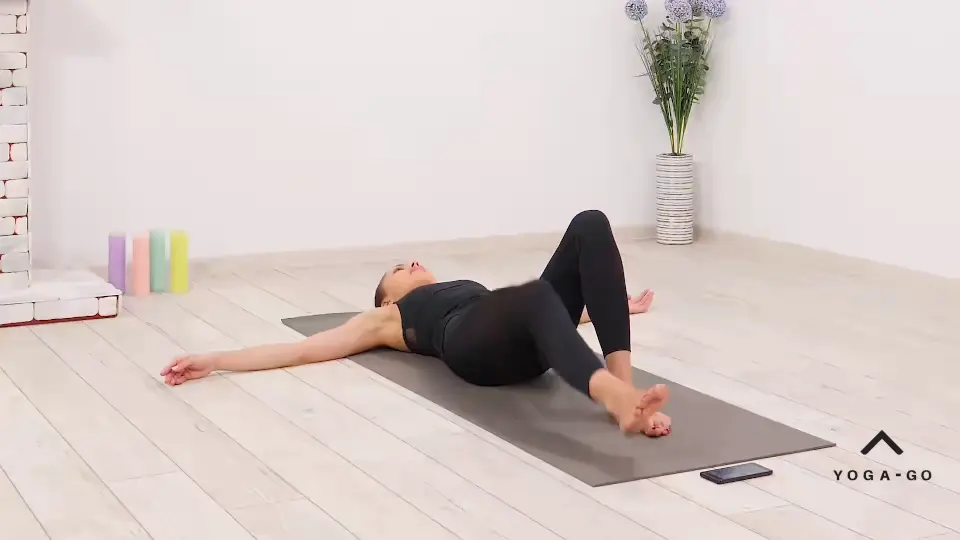
Dynamic yoga classes typically include many standing asanas, which strengthen and activate the lower body. Release tension with cool-down yoga poses like Reclining Pigeon Pose to reduce the severity of muscle soreness.
This restorative variation of Pigeon Pose is a deep hip opener that is more accessible to students with knee issues. It’ll effectively stretch the lower back, outer hips, and buttocks while allowing you to soften your breath and relax into the ground.
Child’s Pose (Balasana)
Finish up your yoga cool down the same way you started it – with this simple, restorative, and relaxing pose. Use this pose to integrate everything you’ve done in the practice and to enjoy one more moment in meditation and relaxation before you go on with your day.
Why Finish Your Workouts With a Cool-Down Yoga Sequence
A cool-down yoga sequence is essential at the end of your practice. Also, it has many advantages following any workout, including sports, Pilates, weight training, running, or fitness classes. Here are some reasons why a cool-down yoga sequence is so beneficial:
- Activates the parasympathetic nervous system, which slows down your heart rate, conserves energy, and helps you relax.
- Connects breath to movement, making you more aware of your body and creating a sense of ease after a workout.
- Relaxes and stretches tight muscles, which may help prevent soreness after your workout.
- Brings a sense of mindfulness, which will help calm your mind and release any anxiety or stress.
- Boosts flexibility, which aids in daily performance and benefits all of your other workouts.
- Slows down your breath, which enhances the body’s ability to rest and digest
Final Words
Cool-down yoga can help you reset and release after any type of workout. Follow the above routine to stretch your entire body after any exercise.
You can always spend more time in the poses which target the areas where you feel the most tension.


